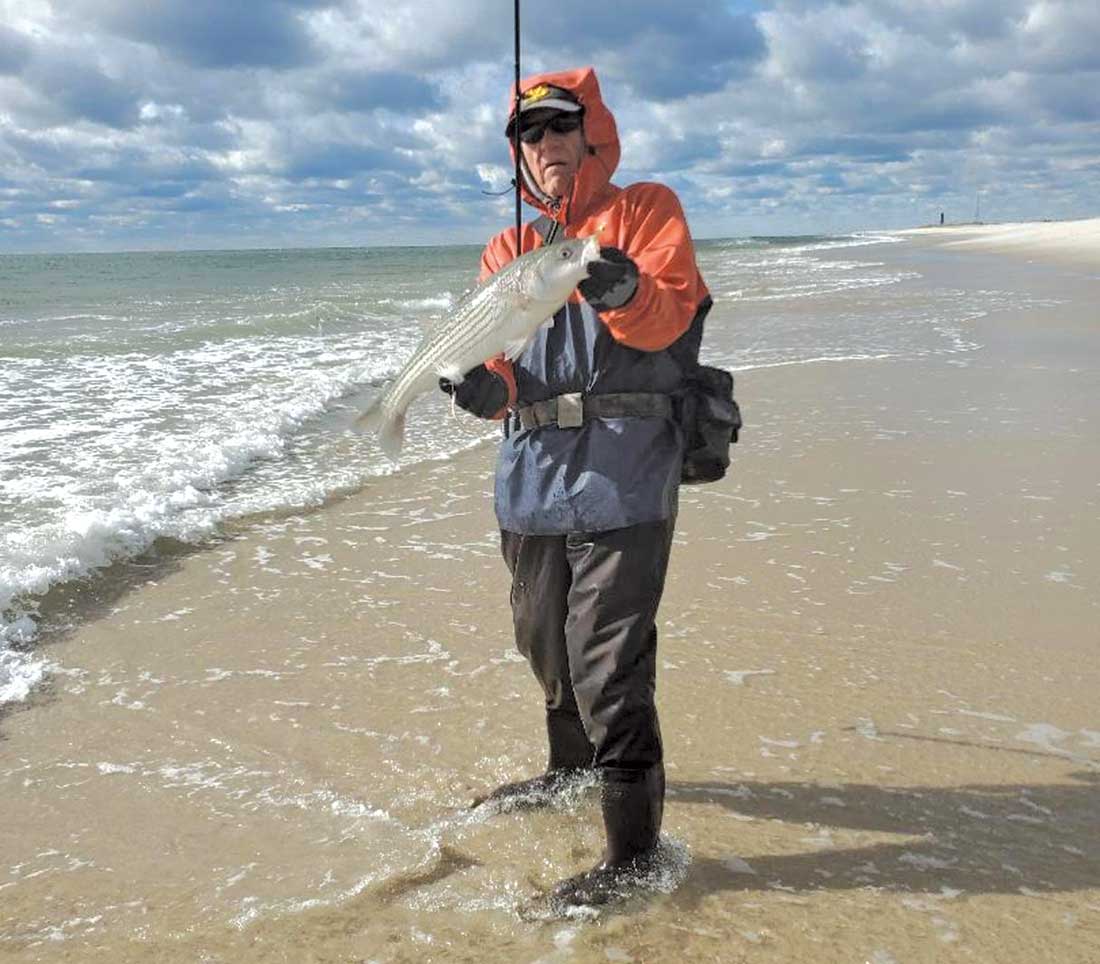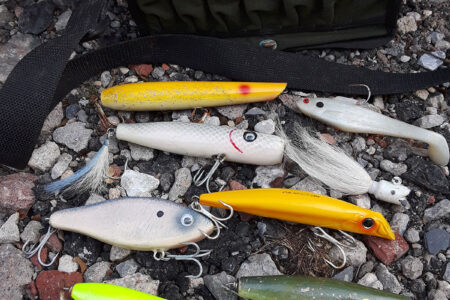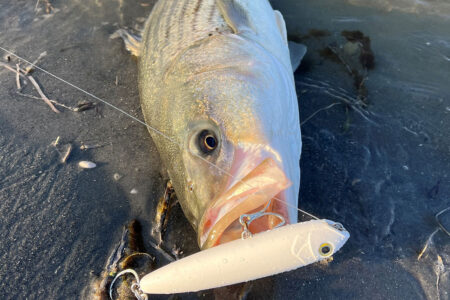Information gained by exercising this mantra is the most real-time data there is.
In surf fishing, just like any other form of fishing, information is important. There are many ways to accrue information, and several of the most widely used forms include the Internet and cell phone messages. Indeed, a call or text from a friend at another spot is real-time information that can put an angler into fish, but other and perhaps more abundant sources of information are at hand and often overlooked.
I tell the anglers I mentor in surf fishing to see everything, hear everything, smell everything, and notice everything, because this approach, learned in competition, has allowed me to catch a lot of fish that perhaps would have eluded me. Information gained by exercising this mantra is the most real-time data there is. Too often I watch surf anglers robotically cast and wind, and miss key information that’s right in front of them. Curiously, even when they cast subsurface lures such as bucktails, lead-heads with plastics, and metal lures, their eyes are fixated on a point off the beach where I guess they believe the lure is traveling toward them. Whereas, in my mantra I don’t need to intently watch something I can’t see anyway, so my eyes wander right and left looking for anything that might help me understand what’s happening in the water and catch more fish. True, it’s a good idea to watch a popper or surface swimming lure for swirls or missed hits because it allows us to make adjustments to the retrieve, but sub-surface hits I’ll feel, yet never see.

Example
I could easily recount hundreds if not thousands of examples to illustrate how simple observations lead to fish, but let me focus on several recent examples. Let’s start with last November. As anyone fishing the ocean beaches last November will attest to, there was a good run of stout schoolies that fed on sand eels. Therefore, most anglers cast subsurface lures. As pointed out, many diligently watched a spot out in the water where the tin, bucktail, or soft plastic plodded along. Although they were riveted on an unseen lure, I was true to my philosophy. I exercised the “everything” mantra and noticed a small pod of large fish blow up on a small school of 5-inch peanut bunker. I threw a bucktail into the fray and hooked up immediately to a 26-pound striper. I looked around and was astounded to observe that the other anglers were still fixed to a point in front of them. Not only did they not see the big fish blow up near them, but when I hooked up, they didn’t notice that I had a big fish on. I actually landed that fish before anyone realized what had happened.
Although I advocate anglers focus on what they’re doing, there remains plenty of time and space to observe surrounding activity, but few take advantage of it. Can I offer other data-based examples? Sure, I can. In 2013, during a consistent run of large stripers on Long Island’s South Shore, I noticed sea gulls standing on the beach slope and picking 6-inch sand eels out of receding waves. The observation allowed me to focus my casts on the lip of the slope and catch fish after fish while others threw lures out to the bar. Then, there are numerous times when a gentle on-shore breeze brings a hint of bait to my nose and, knowing the direction of the breeze, I gain insight into the location of the bait that in turn allows me to walk a little or redirect my casts and get into fish. Or, the many times I’ve suddenly heard the screeching of gulls to one side or the other, and when I turned my head saw a pod of fish breaking the surface.
Habits Die Hard
We are all creatures of habit and we all know that habits die hard. Whatever approach an angler has used for a long time becomes a habit, and although I’m asked many times “how can I catch more fish,” often the response to my advice is negative. Their eyes, their body language, and even sometimes their words tell me they will never practice my advice. Yet the simple truth reveals there is much more real-time information available in front of a casting angler than can ever be acquired from a cell phone message. So, you may not take my advice, but I’ll offer anyway, and once again “see everything, hear everything, smells everything, notice everything,” and you’ll be a more successful surf fisherman.





